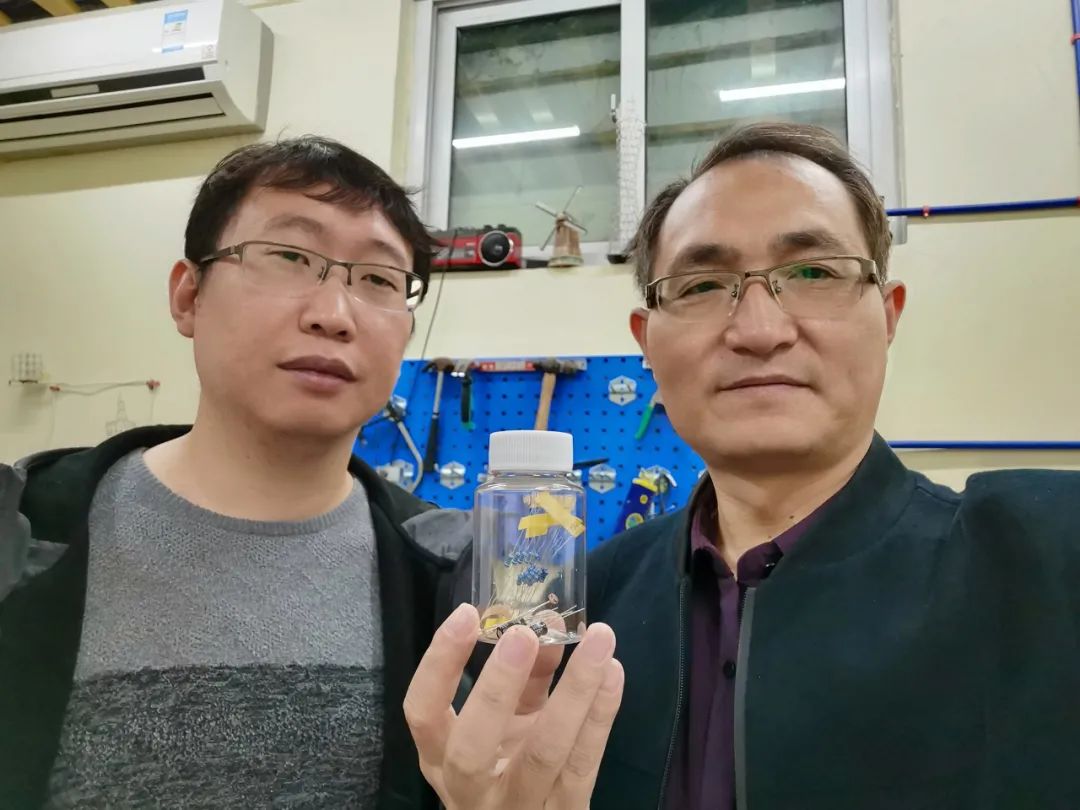
Recently, the Micro Master has been dedicated to conducting innovative experimental research using Phyphox and ESP32 Bluetooth, accumulating a lot of experience while also facing numerous challenges.
On October 7, 2020, I sought help at the Clockwise Rubik’s Cube Club led by expert Li Lu from the Maker Education Teacher Studio in Jiaozuo City. I requested some photoresistors, thermistors, capacitors, resistors, and potentiometers, which were conveniently stored in a transparent plastic bottle for easy transport and retrieval.
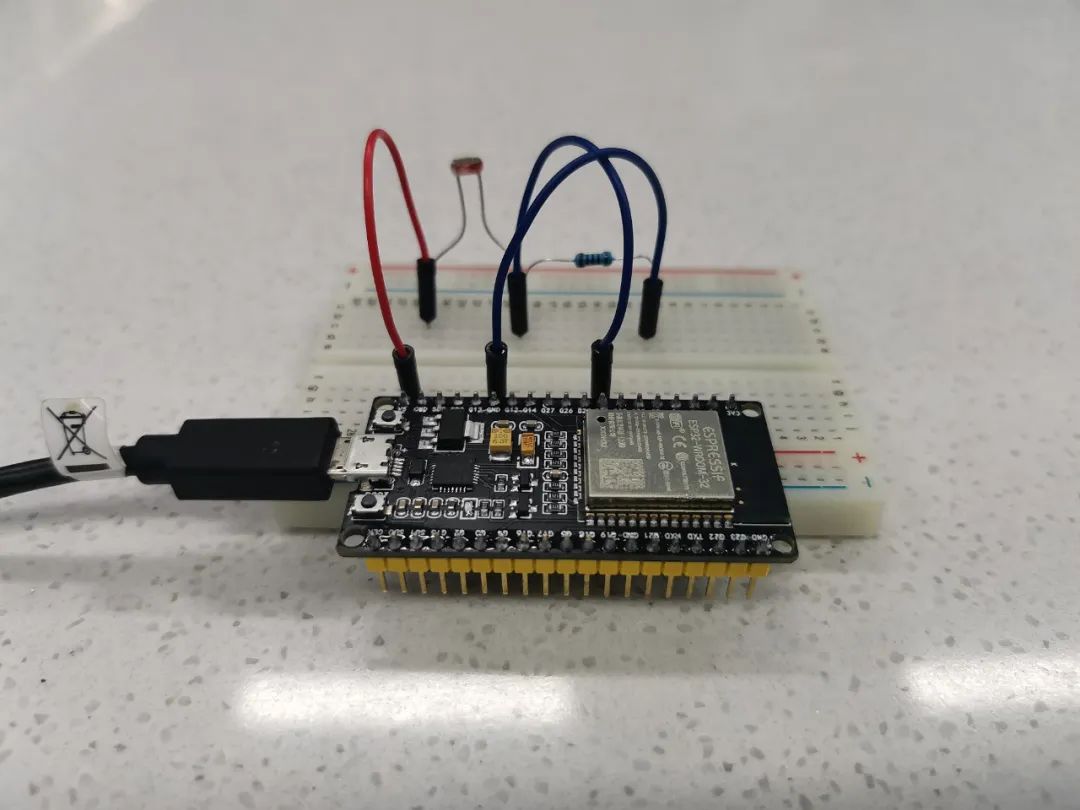
This experiment focuses on the conductive performance of photoresistors. We will connect the photoresistor and a voltage divider resistor in series, powered by the 5V voltage from the ESP32. We will use pin IO33 to collect the voltage across the voltage divider resistor, calculate the current through the photoresistor, and then transmit the data via Bluetooth to Phyphox, which will plot the current curve of the photoresistor dynamically on a smartphone screen.
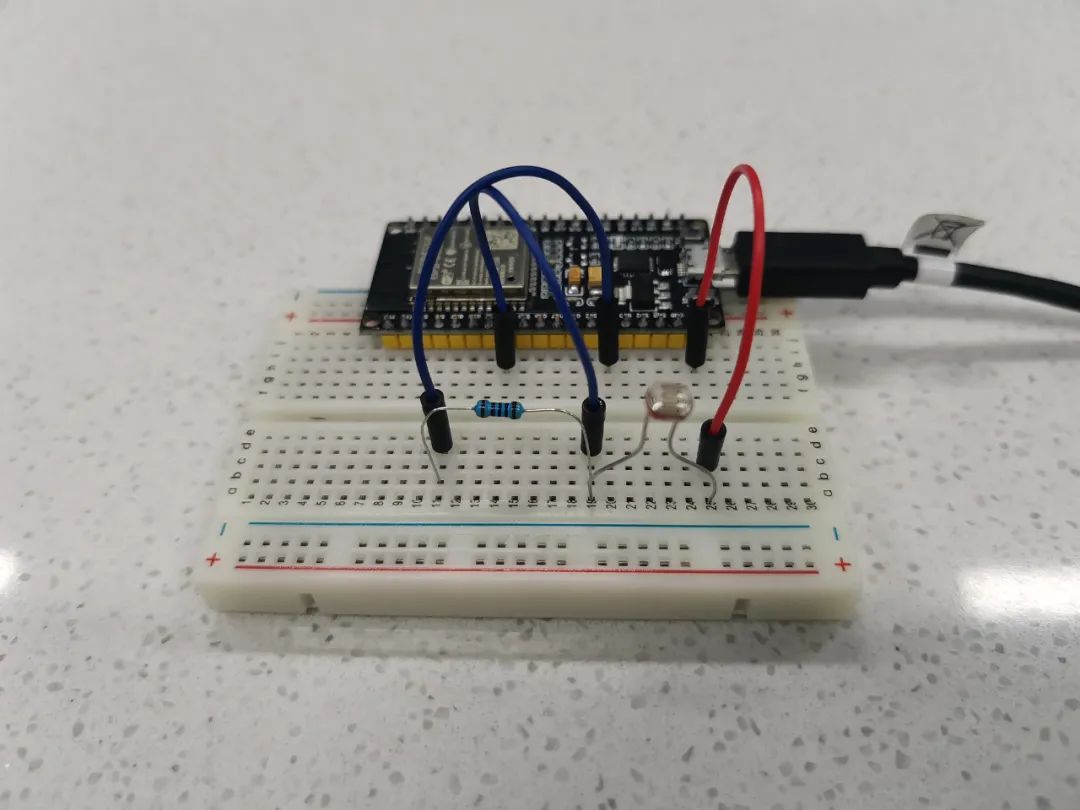
Through exploration and communication, it was discovered that Bluetooth transmission has a total of 6 channels. Channel CH0 transmits time signals, while channels CH1-CH5 transmit data signals. The CH0 channel in Bluetooth interfaces with the x-axis physical quantity in Phyphox, and the CH1 channel in Bluetooth interfaces with the y-axis physical quantity in Phyphox, allowing Phyphox to output the current changes in the photoresistor correctly.
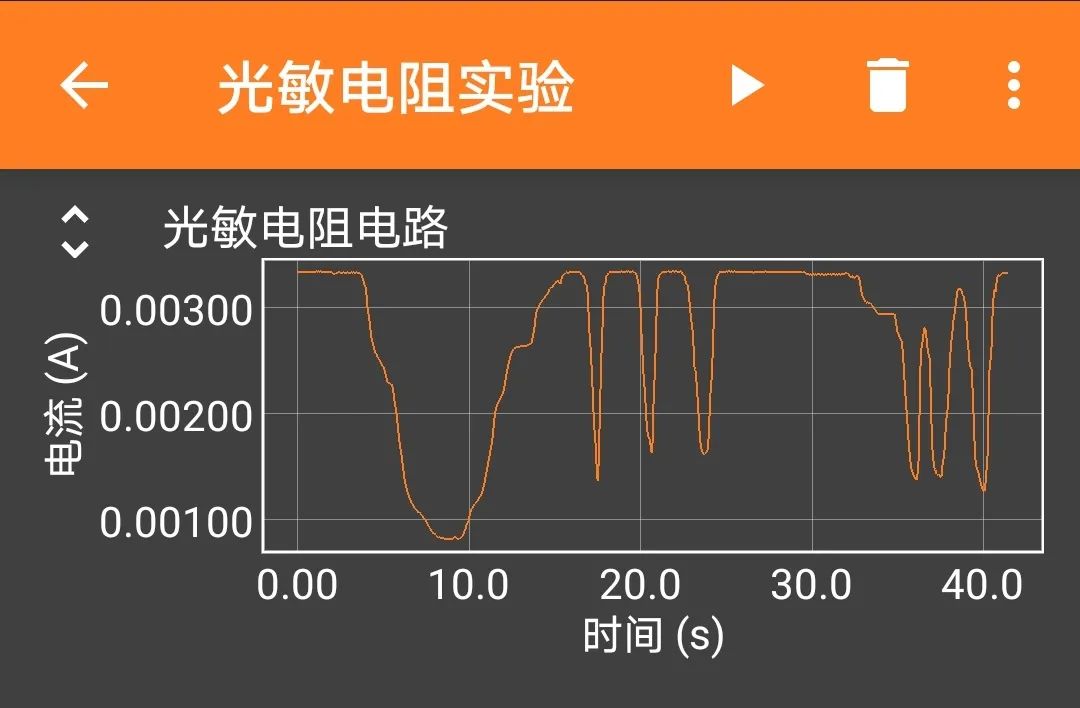
Under indoor lighting conditions, the current in the photoresistor is high; when the photoresistor is covered with a hand, the current quickly decreases.
The greater the light intensity, the smaller the resistance of the photoresistor, which is why photoresistors can be used as light-controlled switches.
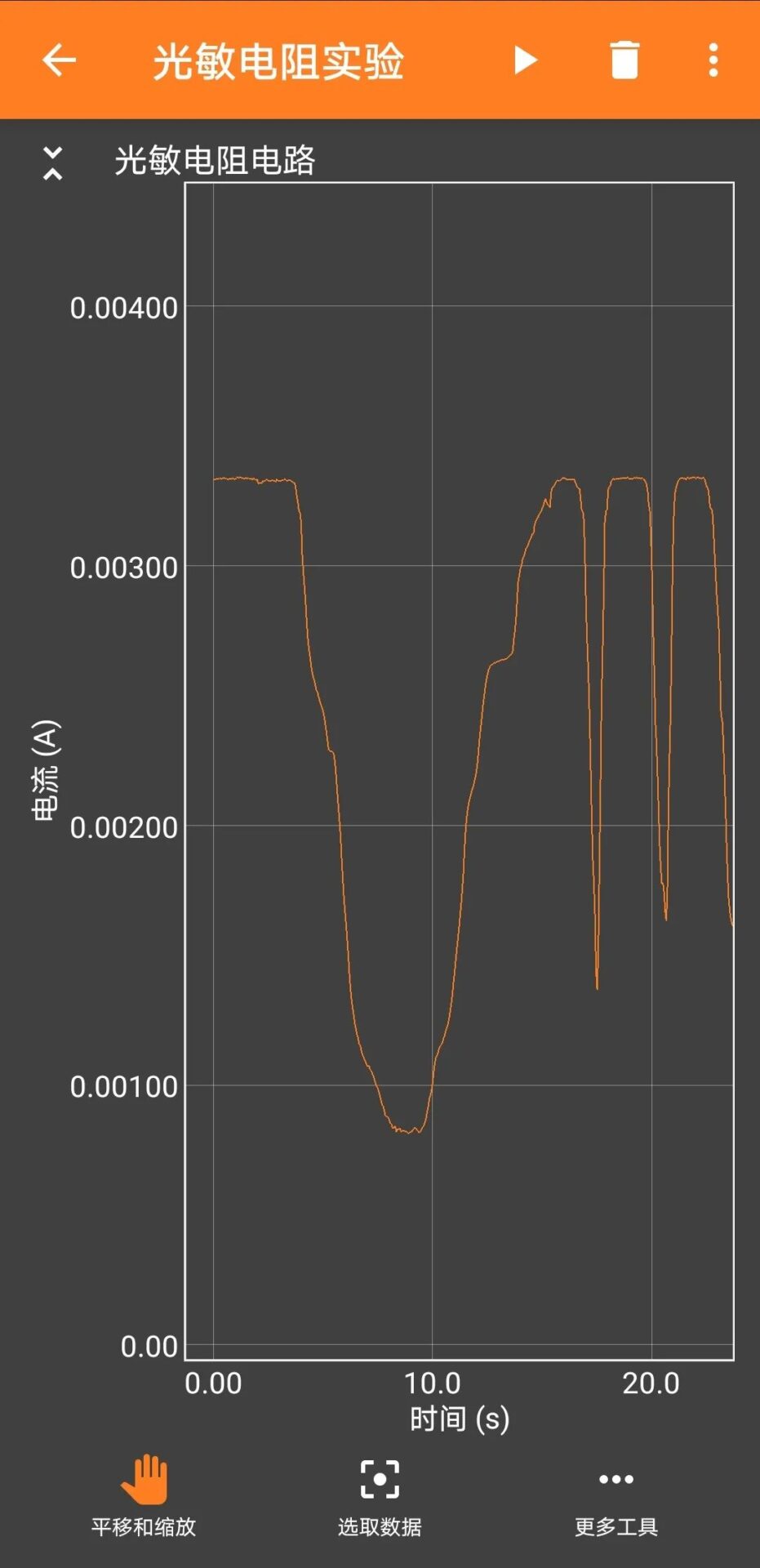
The working principle of the photoresistor is based on the internal photoelectric effect. Electrodes are attached to both ends of the semiconductor photosensitive material, encapsulated in a tube with a transparent window, forming a photoresistor. To increase sensitivity, the two electrodes are often made in a comb shape.
When incident light strikes the semiconductor material, the internal photoelectric effect occurs, generating electron-hole pairs. Both electrons and holes are charge carriers that participate in conduction, enhancing the conductivity of the semiconductor material and reducing resistance. After the incident light disappears, the electron-hole pairs generated by photon excitation recombine, reducing the number of charge carriers, and the resistance of the photoresistor returns to its original value.
When a voltage is applied across the metal electrodes at both ends of the photoresistor, current flows through it. When exposed to light of a certain wavelength, the current increases with the intensity of the light, thereby achieving photoelectric conversion.
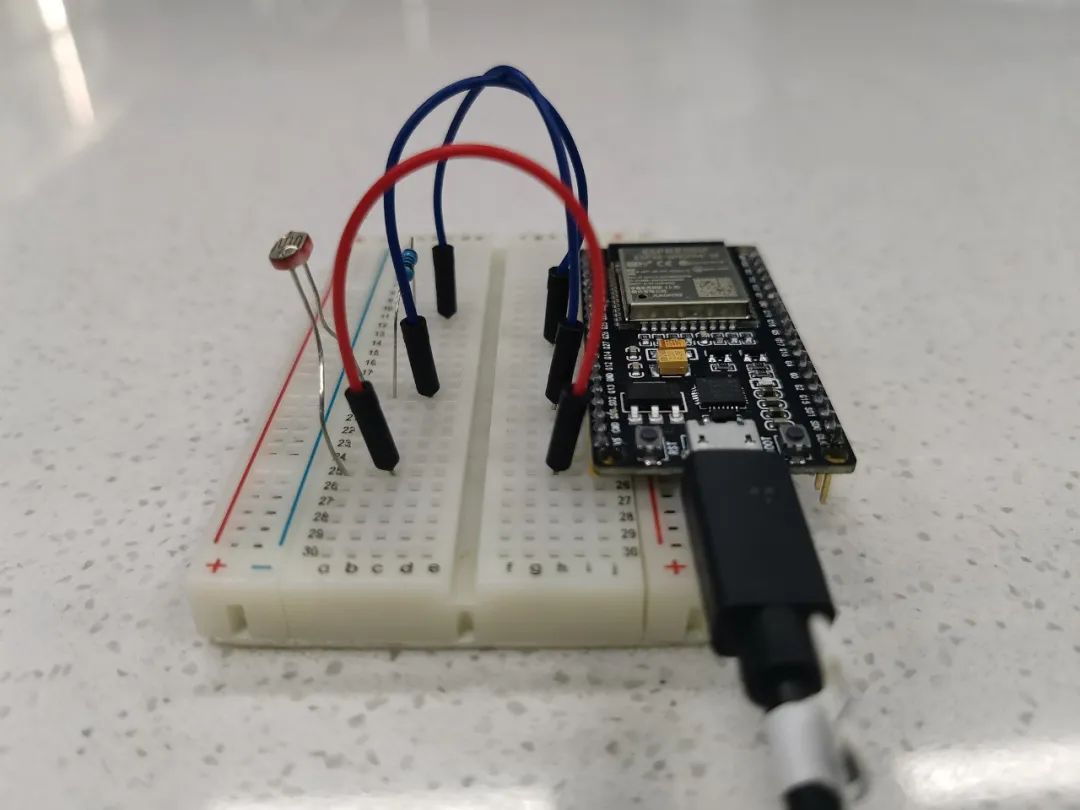

| Maker Jiaozuo |
Jiaozuo Maker is the WeChat public platform of the Maker Education Teacher Studio in Jiaozuo City, focusing on maker education as the main research direction, sharing maker cases, explaining innovative methods, inspiring creative design, conducting scientific inquiries, organizing social surveys, guiding thesis writing, participating in maker competitions and patent applications, and discovering, cultivating, and achieving a group of students with innovative potential.
JiaozuoPublic Account: chuangkejiaozuo

Long press to enter the “Maker Jiaozuo” WeChat platform
– END –
